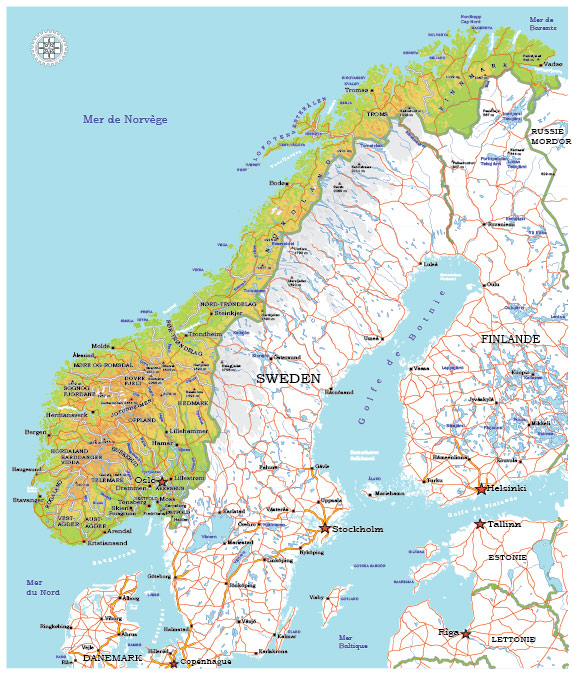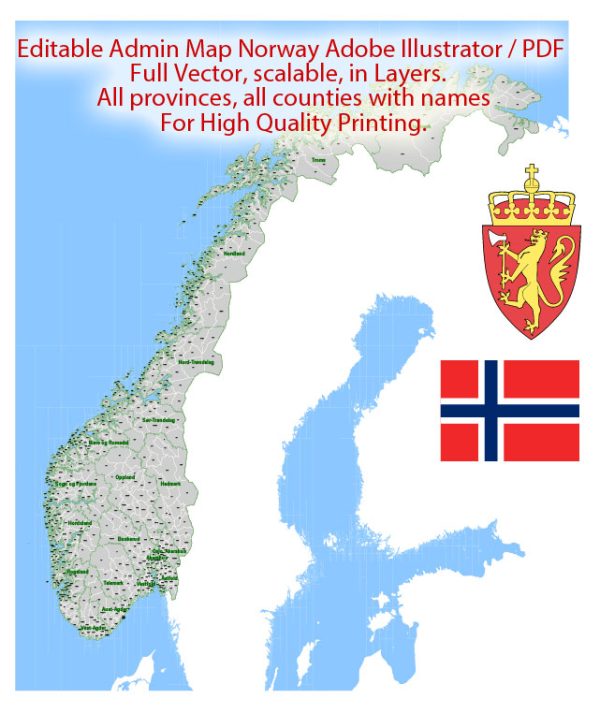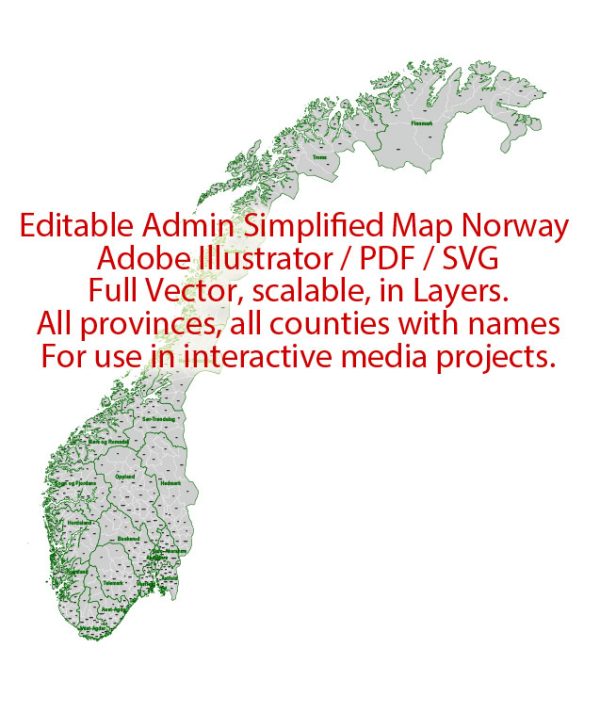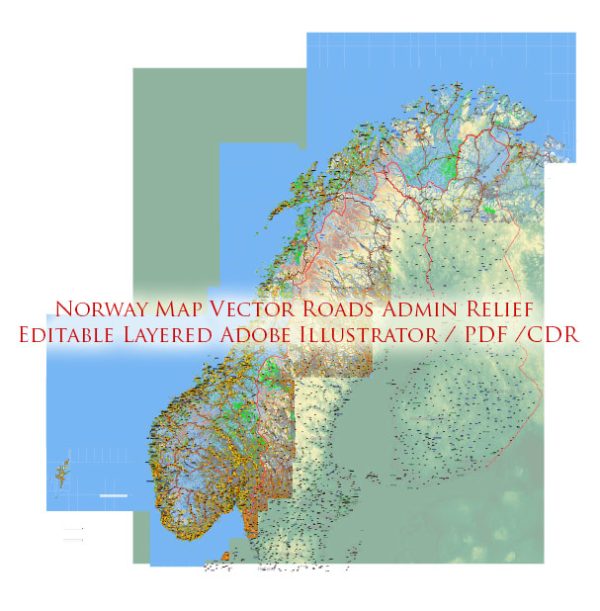Norway has a rich history of urban development that spans centuries, with significant changes occurring from the medieval period to the present day. Here is a brief overview of key points in Norway’s urban development:
- Medieval Period (8th–14th centuries):
- The earliest urban centers in Norway emerged during the Viking Age. Trading posts and marketplaces were established along the coast, often near fjords, facilitating trade and communication with other parts of Europe.
- Hanseatic League (14th–17th centuries):
- During the late medieval period, the Hanseatic League established trading posts in Bergen and other Norwegian cities. Bergen, in particular, became a significant Hanseatic trading hub, contributing to its economic and cultural development.
- Union with Denmark (1380–1814):
- Norway entered into a union with Denmark that lasted for several centuries. This period saw limited urban growth, and many cities remained relatively small. Copenhagen, the capital of Denmark-Norway, overshadowed Norwegian cities in terms of political and economic importance.
- Swedish-Norwegian Union (1814–1905):
- Following the Napoleonic Wars, Norway entered into a union with Sweden. This era marked the beginning of Norway’s move towards increased autonomy. Urbanization gained momentum during the 19th century, with the expansion of cities like Oslo, Bergen, and Trondheim.
- Independence (1905):
- Norway peacefully dissolved the union with Sweden in 1905, gaining independence. The early 20th century witnessed continued urbanization, with cities growing as industrialization and modernization took hold.
- Post-World War II Era:
- The period after World War II saw rapid urban development and industrialization. Norway’s economy diversified, and urban centers expanded. Oslo, the capital, became a hub for government, finance, and culture.
- Oil and Economic Boom (1970s–present):
- The discovery of oil in the North Sea in the 1960s transformed Norway’s economy. The subsequent oil boom led to significant urban development, particularly in Oslo and Stavanger. Norway invested oil revenues in infrastructure, education, and technology, further fostering urban growth.
- Modern Urban Planning:
- In recent decades, Norwegian cities have focused on sustainable urban planning, emphasizing green spaces, public transportation, and environmentally friendly initiatives. Cities like Oslo have implemented measures to reduce car traffic and promote cycling and public transport.
- Cultural and Architectural Heritage:
- Norway places a strong emphasis on preserving its cultural and architectural heritage. Many cities feature a blend of modern and historic architecture, with well-preserved old town areas and landmarks.
Today, Norway’s urban landscape reflects a harmonious blend of historical charm and modern functionality, showcasing the country’s commitment to sustainable development and quality of life.






 Author: Kirill Shrayber, Ph.D.
Author: Kirill Shrayber, Ph.D.